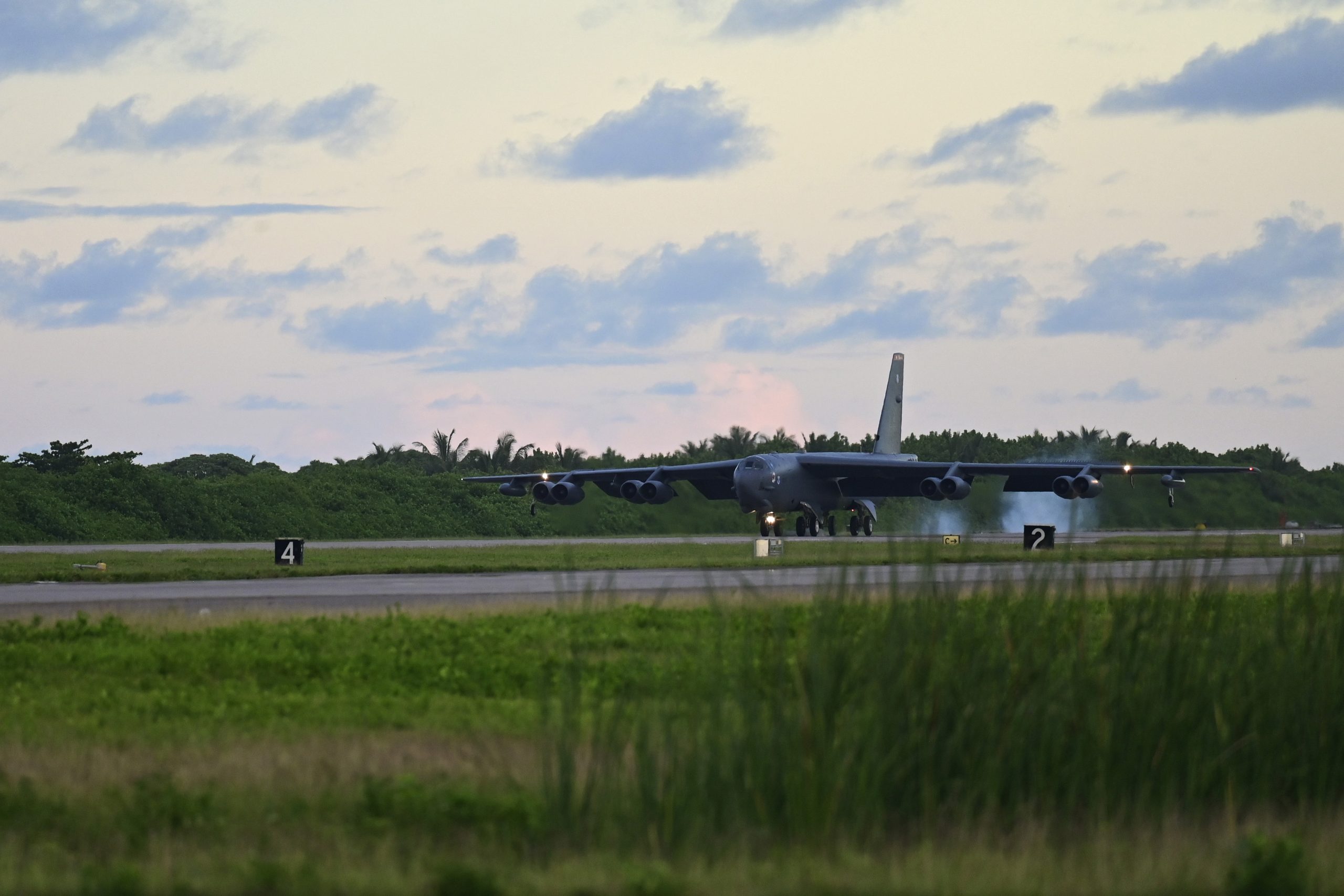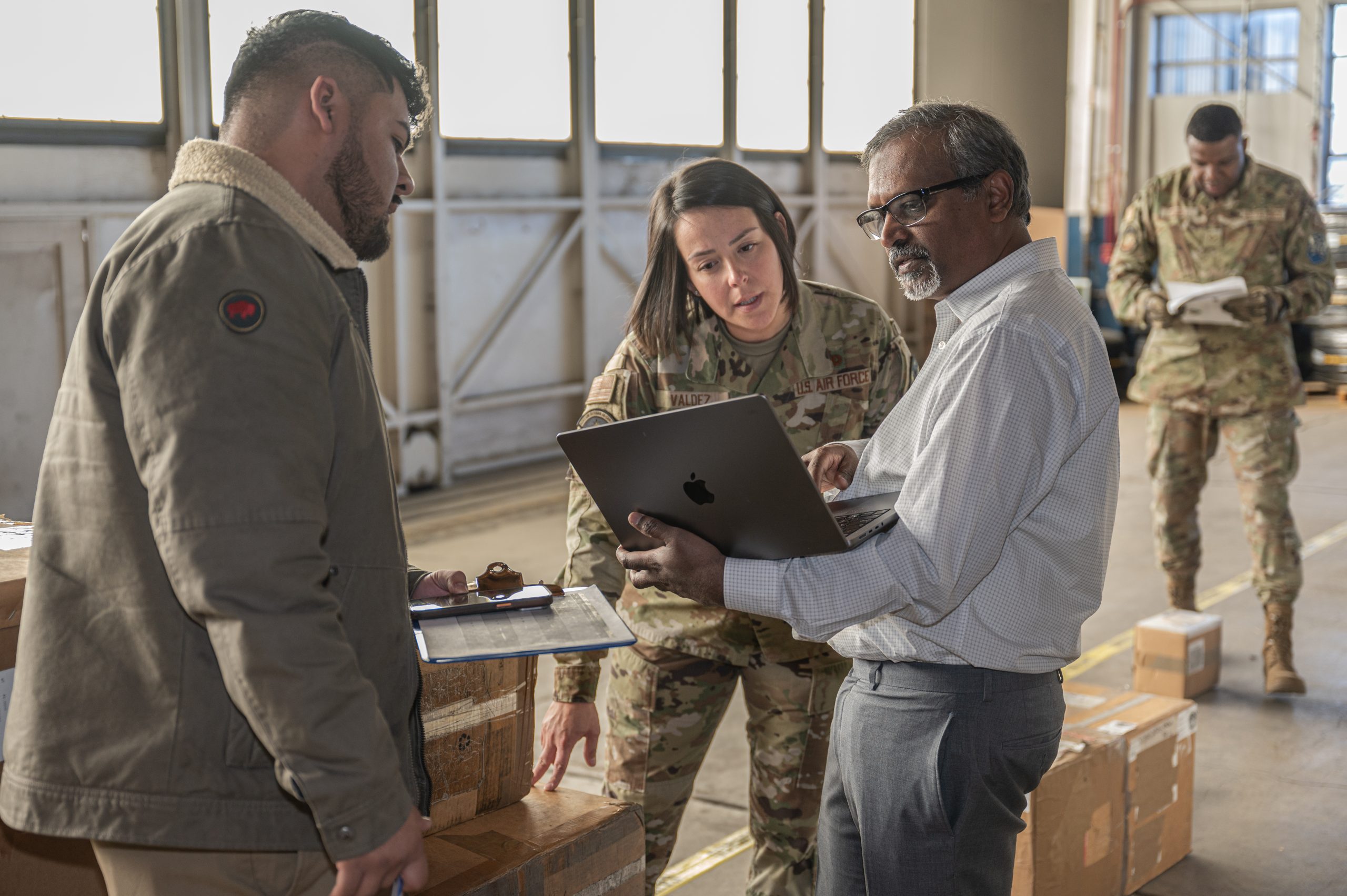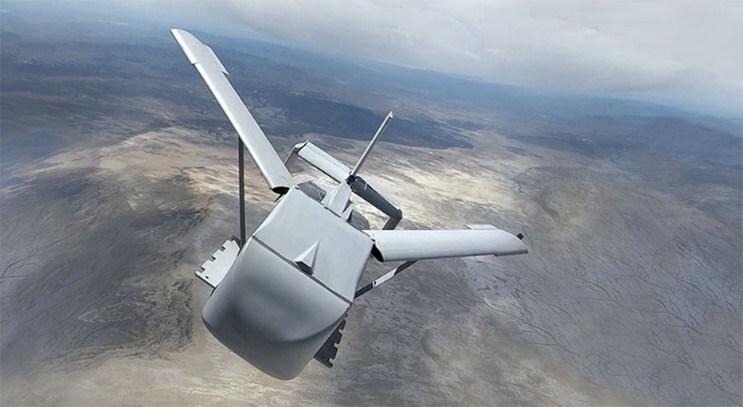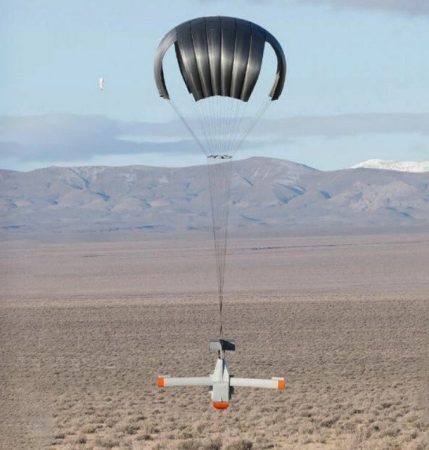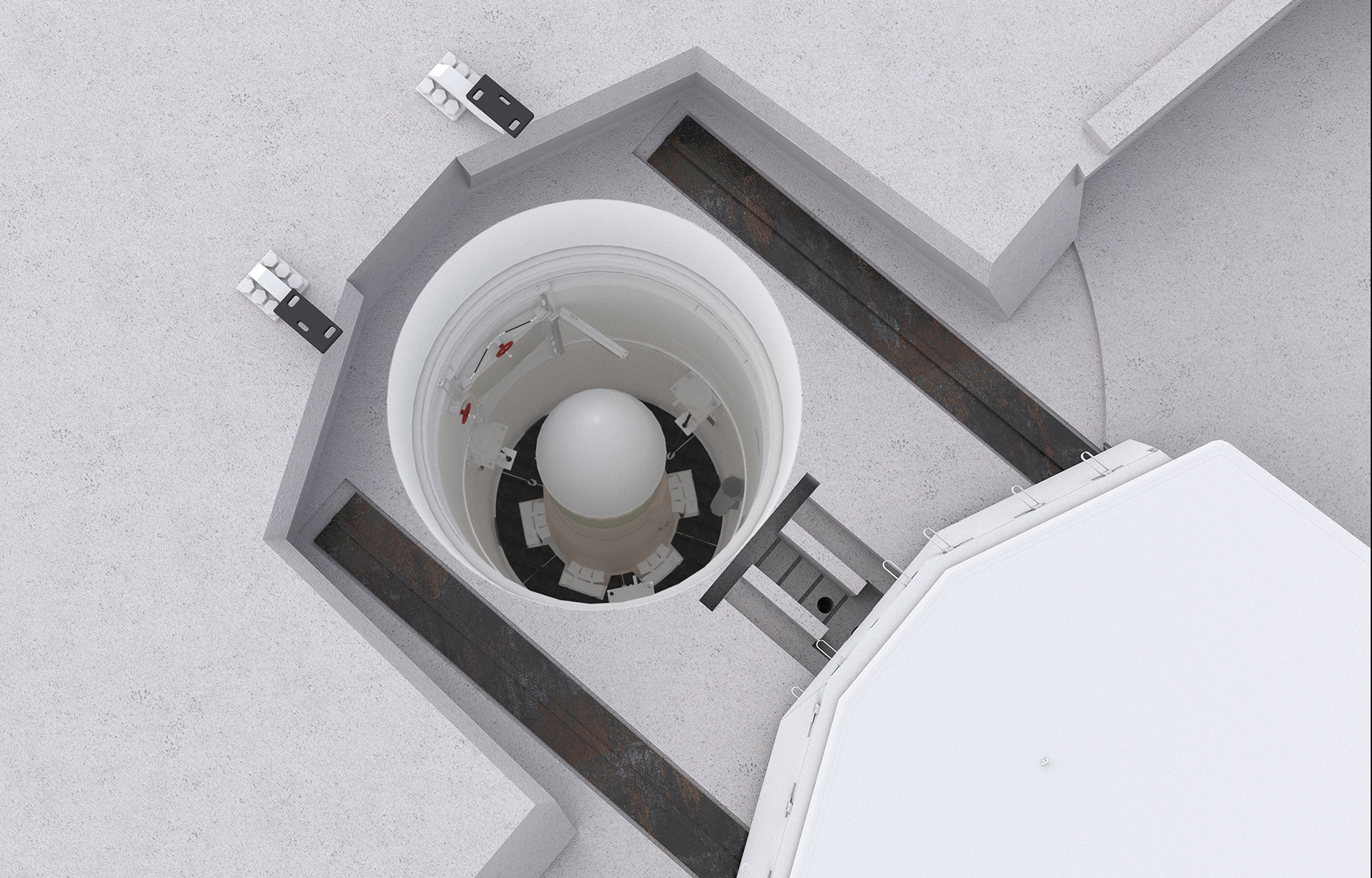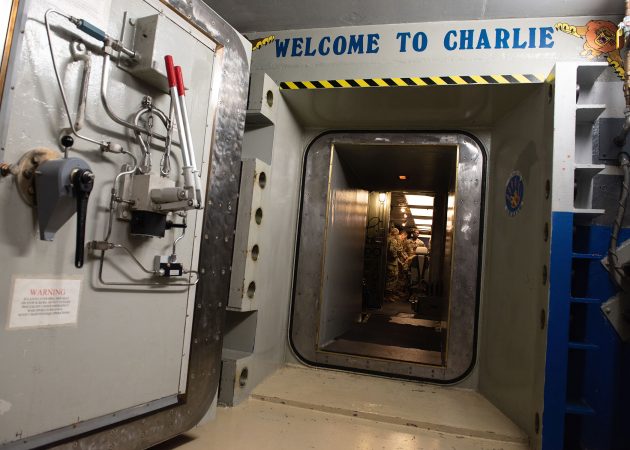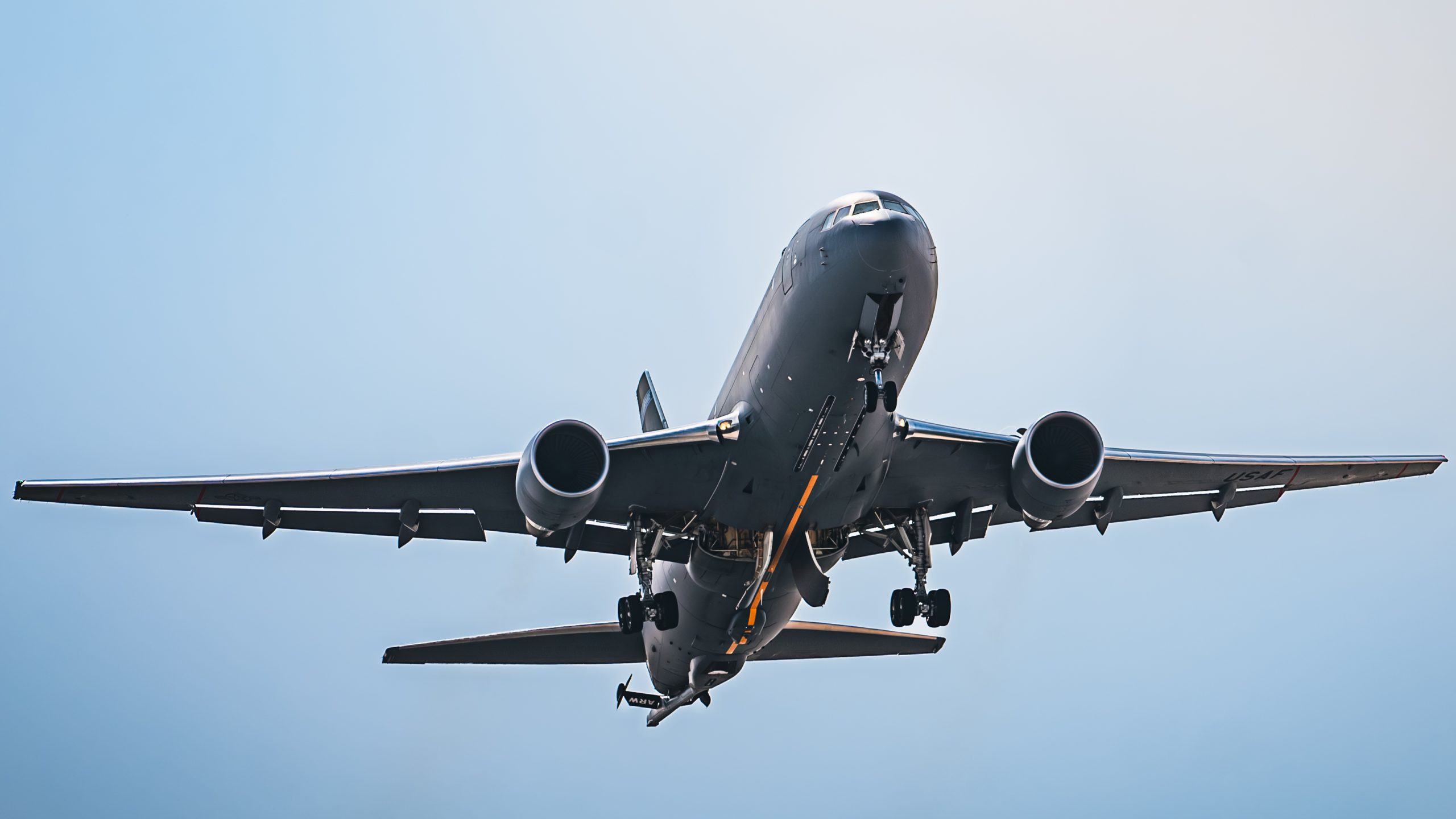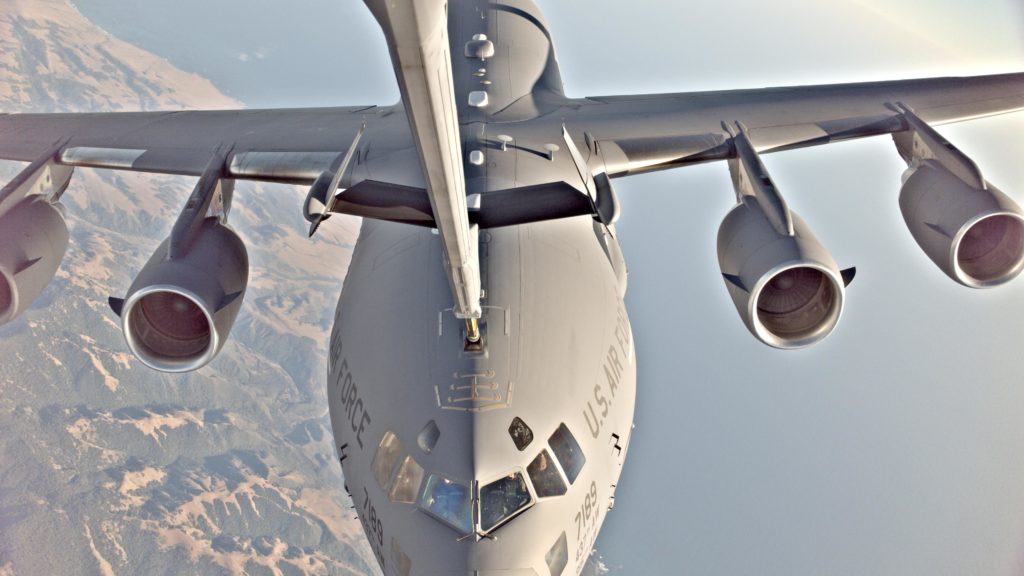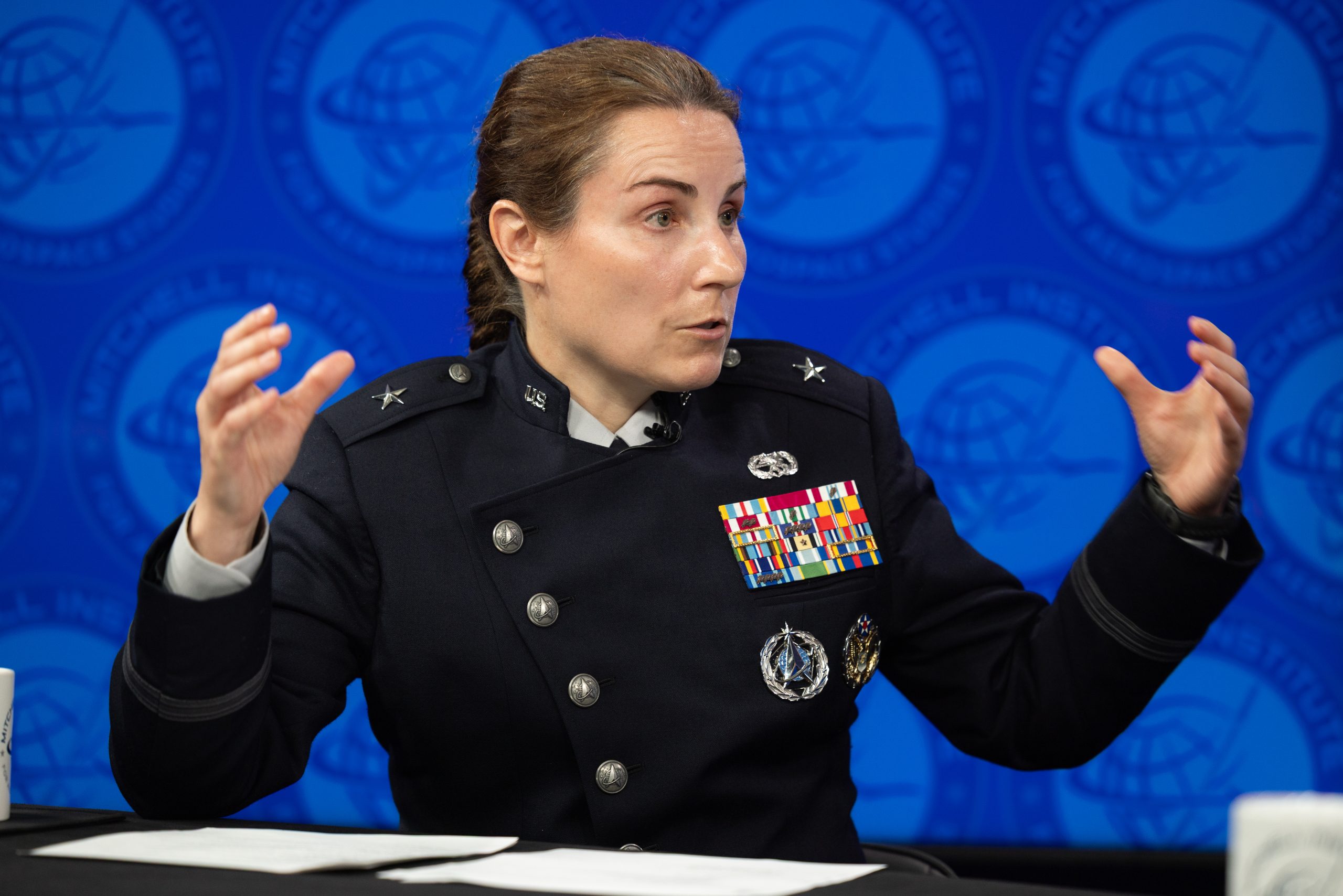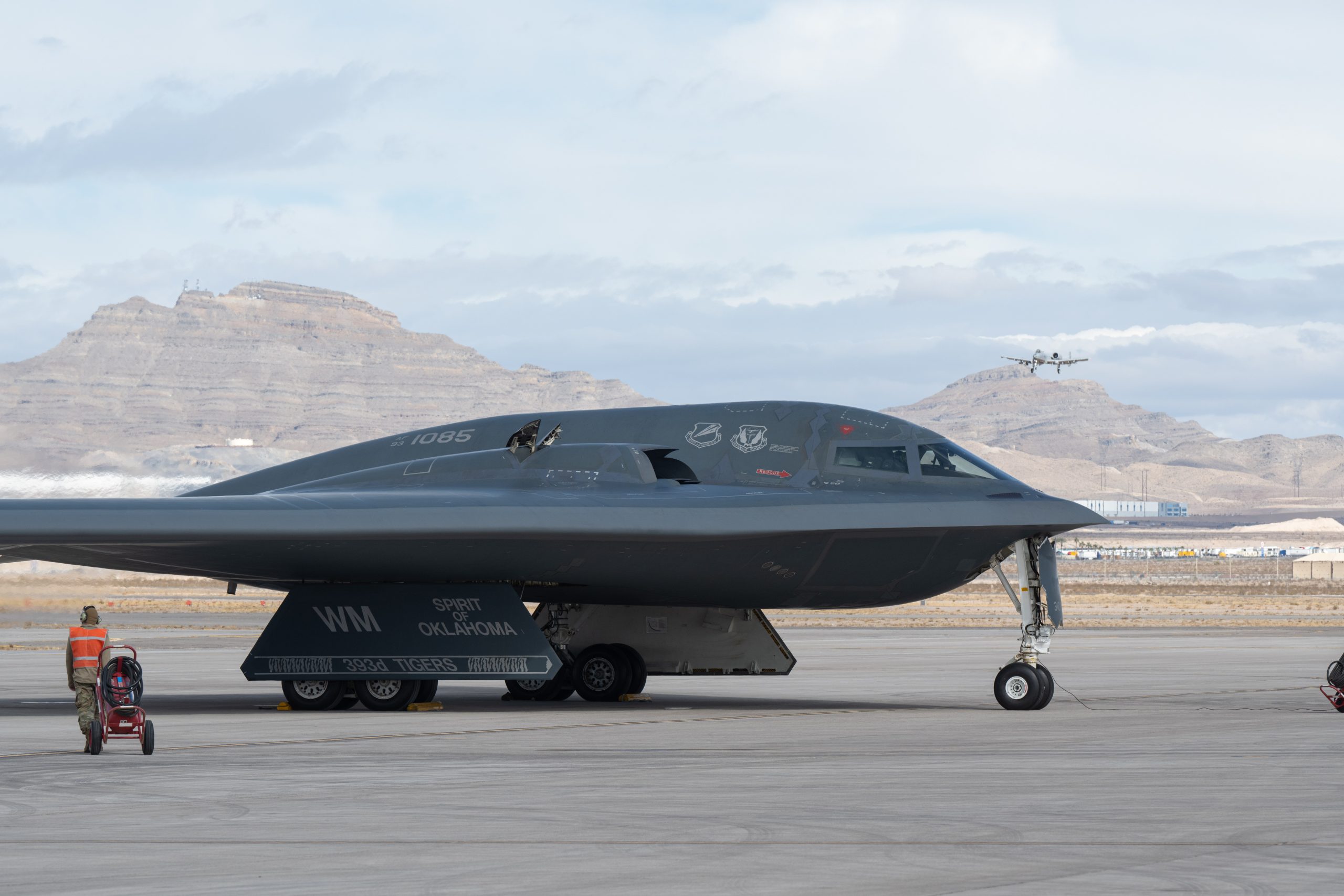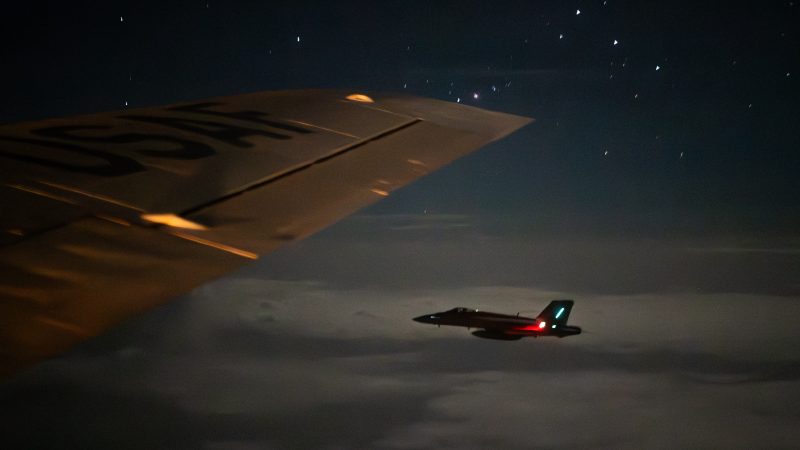B-52 bombers flew to the remote Indian Ocean island of Diego Garcia, where multiple B-2 bombers have been stationed for weeks, Air & Space Forces Magazine has confirmed.
During a congressional hearing May 7, Air Force deputy chief of staff for strategic deterrence and nuclear integration Lt. Gen. Andrew J. Gebara told lawmakers that “there’s a Bomber Task Force of B-52s going on as we speak.”
Flight tracking data and radio transmissions posted on social media showed B-52s headed to Diego Garcia a few days ago, and satellite imagery posted by plane spotters appeared to show the bombers on the ramp near the B-2s, which arrived there in late March.
Air Force Global Strike Command would not comment on locations of aircraft. A statement responding to questions said the command “routinely conducts global operations in coordination with other combatant commands, services, and participating U.S. government agencies to deter, detect and, if necessary, defeat strategic attacks against the United States and its allies. To preserve operational security, we do not discuss details about exercises or operations.”
A B-52s BTF rotated through Diego Garcia last year, marking the first time the BUFF had landed there since 2020.
The B-2s already at Diego Garcia participated in airstrikes against Houthi rebels in Yemen, Air & Space Forces Magazine previously reported. That operation appeared to end May 6, however, as President Donald Trump announced the U.S. would stop its stepped-up bombing campaign against the Houthis after they agreed to stop attacking commercial shipping off the coast of Yemen.
Observers are skeptical that the Houthis will stop their attacks, and the U.S. may retain forces capable of striking the region to ensure compliance.
Bomber task force deployments do not necessarily herald offensive operations. More often, participating Airmen and aircraft take part in exercises, cooperative training with allies, and demonstrate the capability of American airpower. The last BTF was last month, when B-1 bombers flew to Misawa Air Base in Japan.
